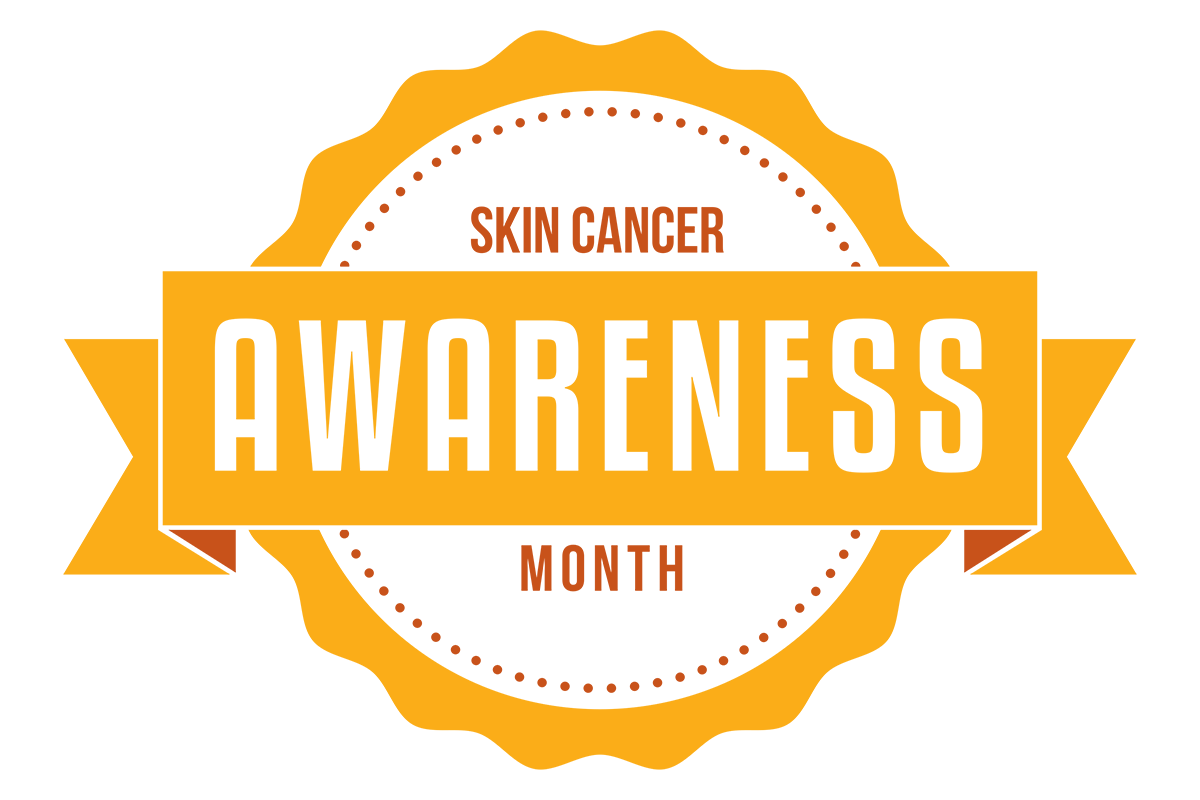May is Skin Cancer Awareness Month: Protect your skin

May is Skin Cancer Awareness Month, reminding us of the dangers of skin cancer and the critical importance of prevention, early detection and treatment. Learn about the risks of prolonged sun exposure and what you can do to proactively protect your skin.
Skin cancer is one of the most prevalent forms of cancer, and one in five Americans will develop a form of skin cancer in their lifetime, according to the American Academy of Dermatology. Skin cancer can affect people of all skin colors. Those who have darker skin are often diagnosed when the cancer is in a later stage.
While basal and squamous cell carcinomas are more common and less likely to spread, melanoma is one of the deadliest form of skin cancer and can spread to other parts of the body if not detected early.
When caught early, most skin cancer is treatable.
Signs of melanoma
For the warning signs of melanoma, just think of the first five letters of the alphabet:
- Asymmetry: one half of lesion isn’t the same as the other half
- Border: irregular or ill-defined border
- Color: the lesion has various colors within it
- Diameter: greater than the size of a pencil eraser
- Evolving: changing in shape, size or color
Sunscreen – the first line of defense
One of the best ways to protect yourself from skin cancer is to use an appropriate sunscreen when you’re outside. The American Academy of Dermatology recommends the following for sunscreen:
- Choose a broad-spectrum sunscreen that protects against UVA and UVB rays.
- Make sure the SPF – sun protection factor – is 30 or higher.
- Choose a water-resistant sunscreen.
- Reapply your sunscreen every two hours.
Skin self-exams
Performing skin self-exams can help catch skin cancer in its earlier stages, when it is easier to treat. Be sure to check your check chest, arms, legs, back, neck, scalp, the soles of your feet and your toes.
Here are some of the ways skin cancer may appear, according to the American Cancer Society:
- A new, expanding or changing growth, spot or bump on the skin
- A sore that bleeds and/or doesn’t heal after several weeks
- A rough or scaly red patch, which might crust or bleed
- A wart-like growth
- A mole (or other spot on the skin) that’s new or changing in size, shape, or color
- A mole with an odd shape, irregular borders, or areas of different colors
Learn more and take action
- Take a sun safety quiz from the American Cancer Society
- Watch this video on sun safety from the Centers for Disease Control and Prevention
- Explore this Skin Cancer Awareness Month toolkit
Download and use the virtual background of the month for your Teams meetings
If you're having trouble accessing this content, or would like it in another format, please email Penn State Health Marketing & Communications.
